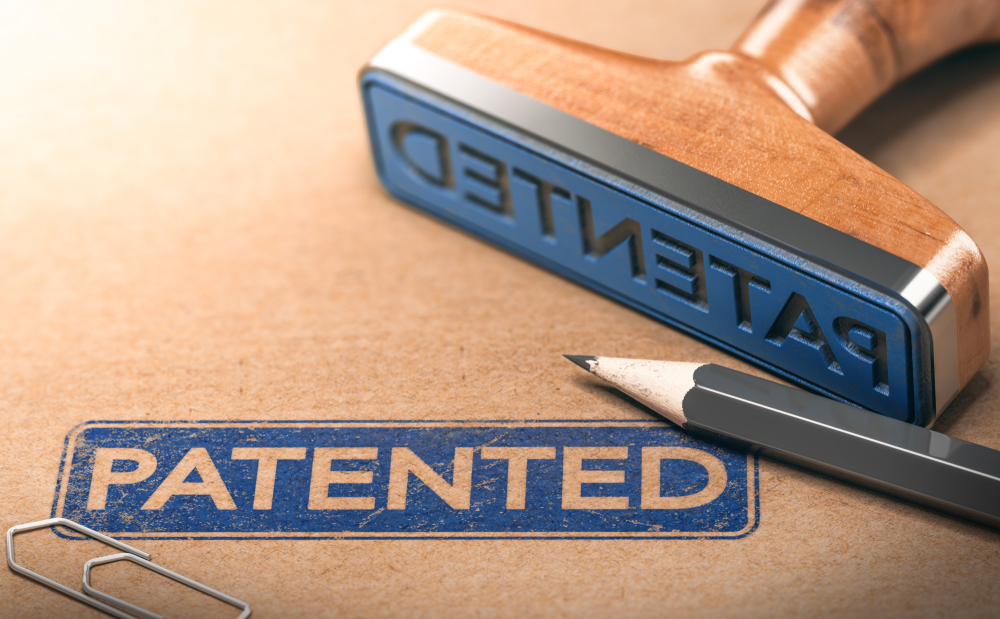Is My Invention Pantable?
In virtually all cases, there are three main requirements to determine whether an invention is patentable. The three requirements are: Utility – Utility means that the invention has usefulness. If the invention is not useful, it cannot be patented. Patent Attorney Matthew Sean Tucker has previously discussed in a blog post what it means for an invention to be useful. For example, an invention used only for illegal purposes lacks utility. Inventions are not useful for their intended purpose if their only purpose is illegal, immoral, inoperable, have only aesthetic purposes, thoeretical phenomena, invovle nuclear weapons, avoid paying taxes, or is a human organism. Novelty – Novelty takes a look at what existed prior to the invention and determines whether an identical invention existed. A slight variation or distinction, no matter how small, will satisfy the novelty requirement. Differences in structure, processes, and the like are looked at to determine novelty. New combinations also satisfy the novelty requirements, so long as it has never been combined in that way before. New uses is another way to satisfy the novelty requirement. Additionally, inventions lose their novelty in the U.S. after you have placed it into the stream of commerce, or even offered it for sale, within one year thereof. Nonobviousness – The nonbviousness looks at whether it would have been obvious to arrive at the present invention based on prior inventions to one of ordinary skill in the art. Registered Patent Attorney Matthew Sean Tucker has encountered instances where the invention would have been obvious in one field of art, but not in another. For example, what is obvious to a neurosurgeon may not be obvious to a school teacher, and vice-versa. Because obviousness is a legal term of art, the [...]





